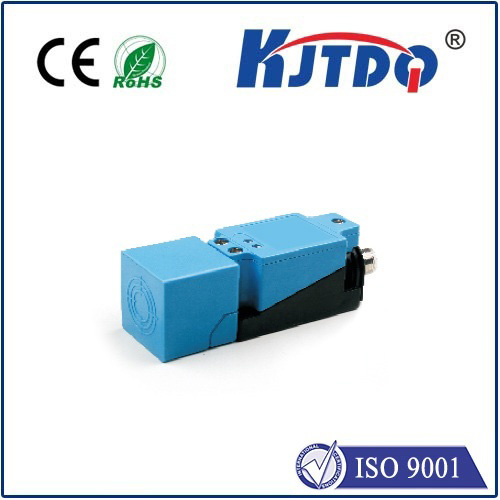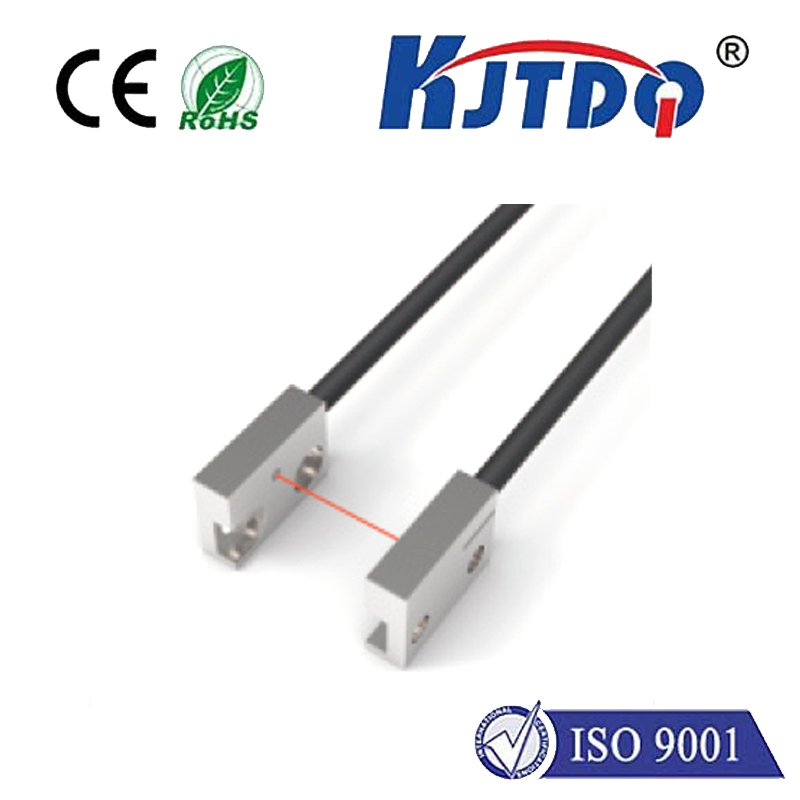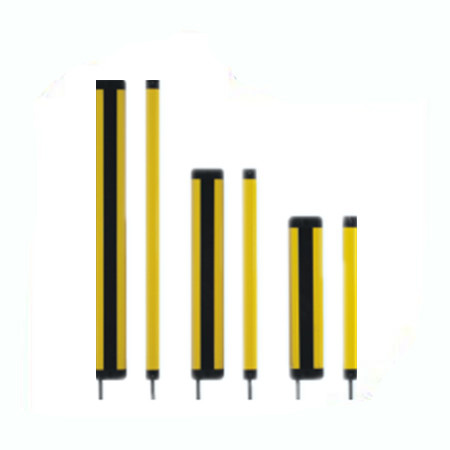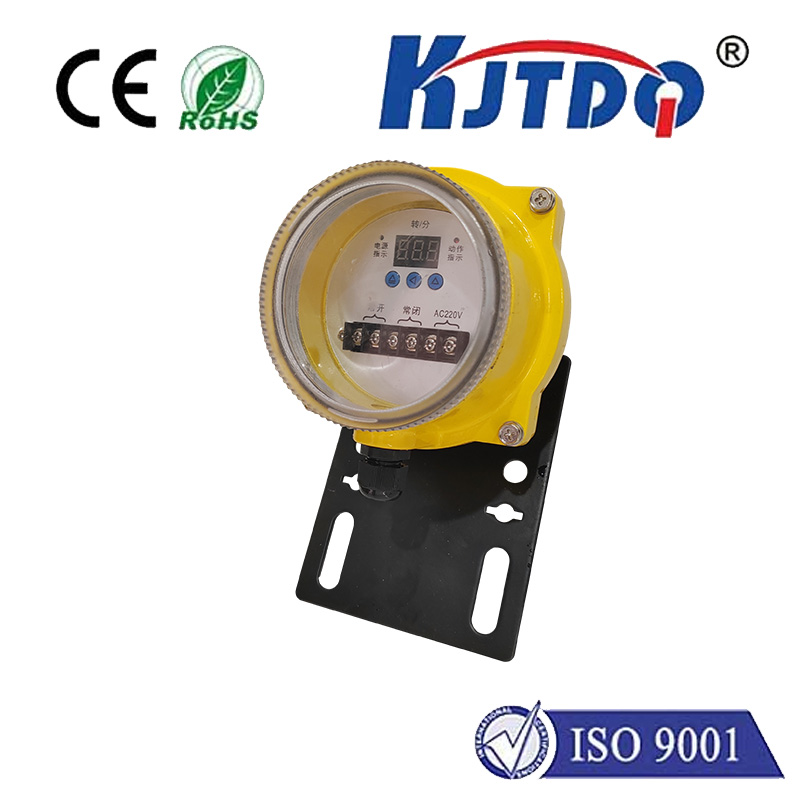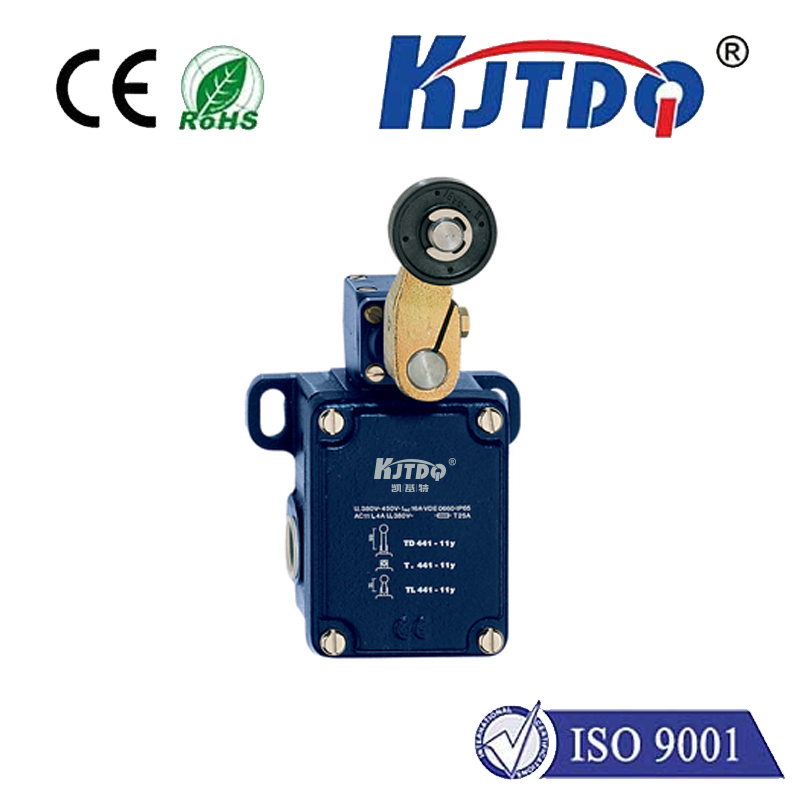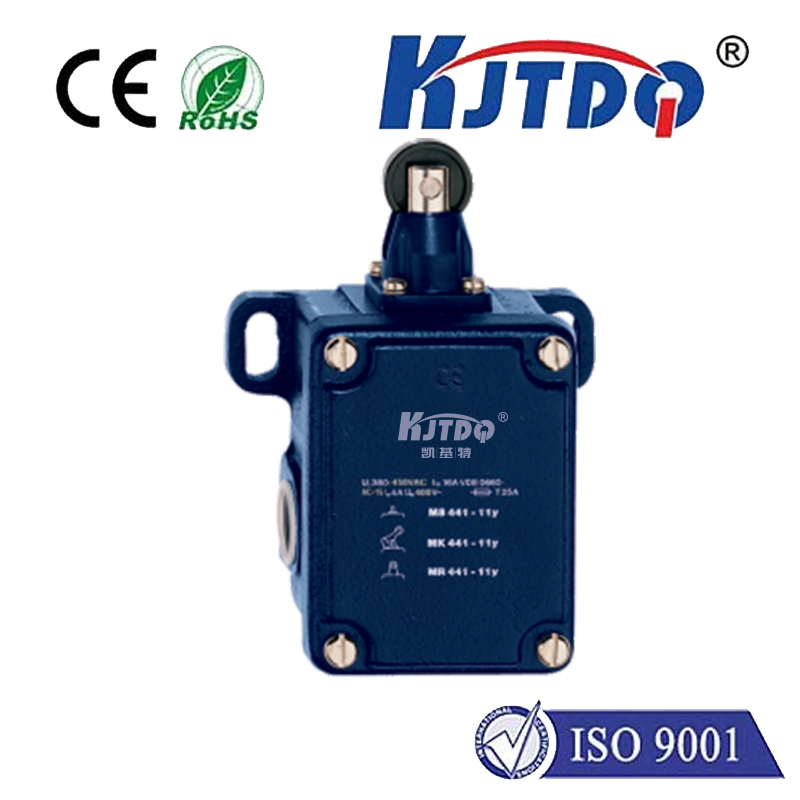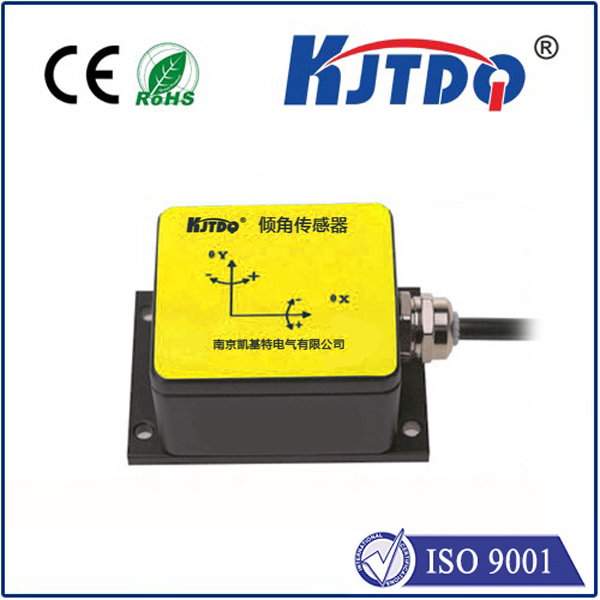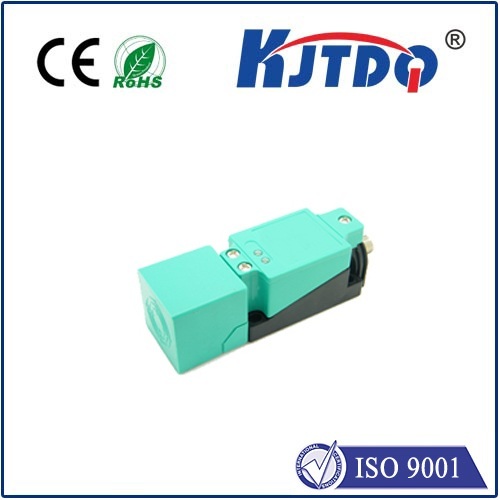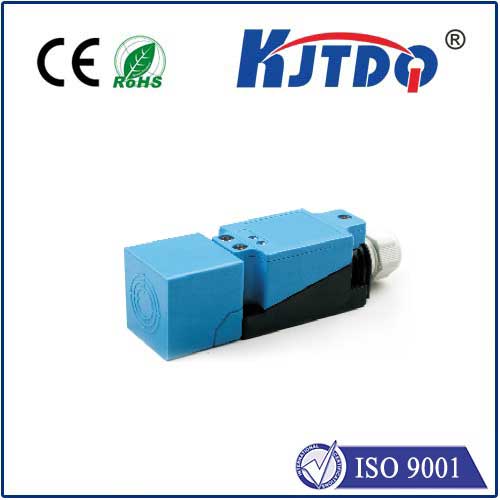low profile proximity sensor
- time:2025-06-13 03:30:56
- Click:0
The Unsung Hero in Tight Spaces: Unlocking the Power of Low Profile Proximity Sensors
Modern machinery and electronic devices are relentlessly pursuing miniaturization. From sleek smartphones to densely packed industrial robots, every millimeter counts. This drive creates a critical challenge: how do you reliably detect objects or monitor position in incredibly confined spaces where traditional sensors simply won’t fit? The answer lies in the remarkable capabilities of Low Profile Proximity Sensors.
Why Size (or Lack Thereof) Truly Matters
Imagine designing the next generation of ultra-thin laptops. Engineers need to detect when the lid closes to trigger sleep mode. Or picture intricate automated assembly lines where robotic arms maneuver with micron-level precision, requiring constant position feedback within cramped fixtures. Bulky sensors are non-starters in these scenarios. They protrude, disrupt airflow, add weight, and simply prevent the sleek, compact designs demanded by today’s technology and manufacturing. This is where the low profile proximity sensor transitions from a convenient component to an absolute necessity.
Demystifying the Low Profile Proximity Sensor
At its core, a proximity sensor detects the presence or absence of an object without physical contact. Common types include inductive (detecting metal), capacitive (detecting materials like plastic, liquid, or even skin), and photoelectric (using light beams). A low profile proximity sensor incorporates all the essential detection capabilities but does so within an exceptionally reduced housing height or depth.

The Core Advantage: Slimming Down Without Sacrificing Performance
What truly makes these sensors indispensable? It’s the unique convergence of critical features designed for constrained environments:
- Ultra-Compact Design: This is the defining characteristic. Housing heights (the dimension perpendicular to the sensing face) are significantly minimized, often measuring just a few millimeters. This allows installation in locations previously deemed impossible.
- Space-Saving Integration: Their minimal footprint means they disrupt minimal space within assemblies. This is crucial for maintaining internal component layouts, airflow dynamics, and overall aesthetic design goals.
- High Sensitivity: Despite their size, leading low profile sensors offer impressive sensing distances relative to their height. This ensures reliable detection even in their minimal form factor.
- Robust Construction: Engineered for demanding environments, many feature:
- Stainless Steel Housings: Resistant to corrosion and physical damage.
- High IP Ratings (e.g., IP67, IP68): Ensuring reliable operation in the presence of dust, water splashes, or even temporary submersion – vital for industrial and automotive uses.
- EMI/RFI Resistance: Maintaining signal integrity in electrically noisy surroundings.
- Versatile Mounting Options: Flush-mounting capability is common, allowing the sensor face to sit nearly level with the surrounding surface, further minimizing protrusion. Surface-mount and other low-clearance mounting solutions are also prevalent.
Where Thin is Definitely In: Key Application Areas
The applications for low profile proximity sensors are vast and growing, driven by the relentless need for smaller, smarter devices and tighter process control:
- Consumer Electronics: Detecting lid closure in laptops/tablets, sensing SIM tray insertion in phones, position feedback in foldable devices, touchless controls.
- Automotive: Gear position sensing in tight transmission housings, seat belt buckle detection, non-contact switch replacement within dashboard assemblies, brake pedal position.
- Industrial Automation: Presence detection on miniature conveyors, position feedback in compact linear actuators and robotic joints, part counting in densely packed machinery, end-of-stroke detection in pneumatic cylinders with minimal clearance.
- Medical Devices: Critical for detection and positioning within portable diagnostic equipment, drug delivery systems, and surgical tools where space is at an absolute premium and hygiene is paramount.
- Packaging Machinery: Detecting small components, monitoring film feed, or confirming cap presence on high-speed lines requiring sensors that don’t interfere.
Selecting the Right Low Profile Sensor: Beyond Just Size
Choosing the optimal sensor requires careful consideration beyond simply the smallest profile:
- Detection Principle: Is metal (inductive) or other materials like plastic, cardboard, or liquid (capacitive) the primary target? Light-beam interruption (photoelectric) might be needed for non-metallic objects requiring longer ranges (though achieving true low profile in photoelectric can be more challenging).
- Required Sensing Distance (Sn): How far away does the target need to be reliably detected? Ensure the sensor offers sufficient range within its small size constraints.
- Target Material and Size: The composition and dimensions of the object being sensed significantly impact sensor choice and achievable range, especially for inductive or capacitive types.
- Operating Environment: Consider temperature extremes, potential for chemical exposure, dust, moisture, and electrical noise. Match the sensor’s IP rating and housing material to these conditions.
- Electrical Requirements: Voltage supply (AC/DC), output type (NPN/PNP transistor, analog output), and connection method (cable, connector).
- Mounting Constraints: Precisely measure the available space. Does the sensor need to be flush-mounted? Are there obstacles nearby? Ensure the chosen sensor fits both physically and functionally.
The Undeniable Advantage: Enabling the Future of Design
Low profile proximity sensors are far more than just convenient alternatives; they are essential enablers of modern innovation. By providing reliable, non-contact detection in the tightest of spaces, they empower engineers and designers to:
- Achieve unprecedented levels of miniaturization in consumer and industrial products.
- Enhance reliability by replacing mechanical switches prone to wear.
- Increase machine efficiency and precision through accurate feedback in compact assemblies.
- Implement sophisticated automation in areas previously restricted by sensor size limitations.
- Pursue sleek, unobtrusive designs that meet both aesthetic and functional demands.
Conclusion
From the intricate inner workings of your smartphone to the relentless pace of an automated factory floor, low profile proximity sensors work silently and efficiently in the shadows. Their unassuming size belies their significant impact. When every millimeter matters and reliable detection is non-negotiable, these compact powerhouses are not just an option; they are the critical solution unlocking new possibilities in design, automation, and functionality across countless industries.






